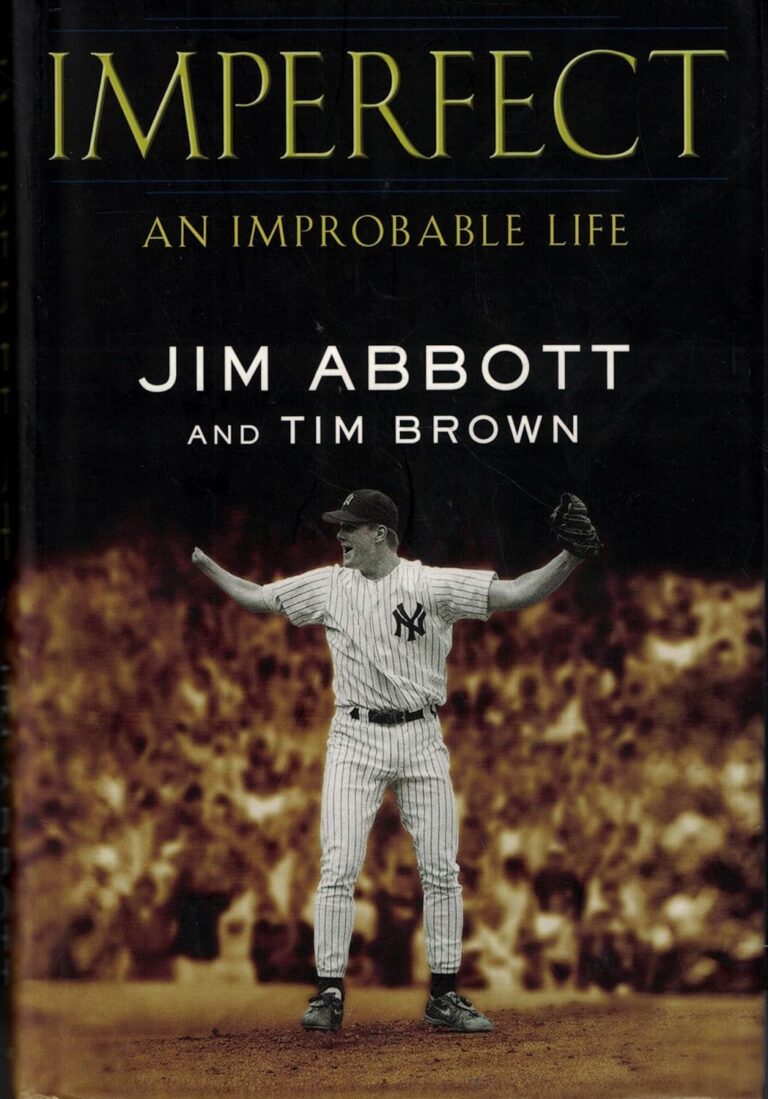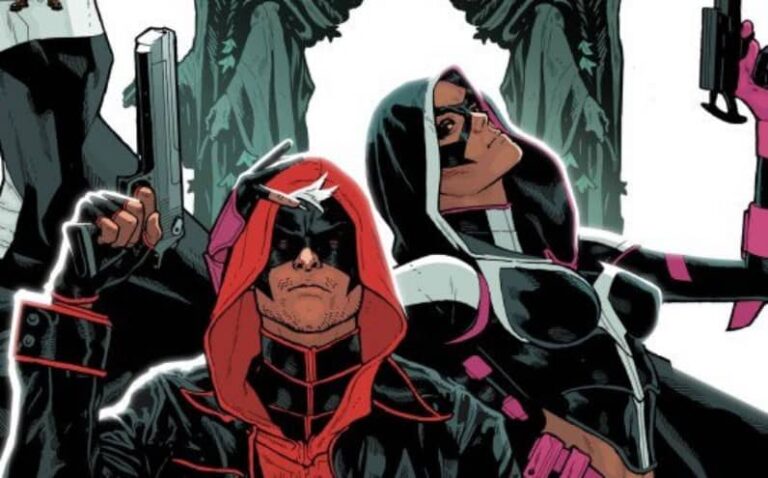The Controversial Banning of The Kite Runner by Khaled Hosseini
No one can deny that Khaled Hosseini’s The Kite Runner is an unconventional read. It’s not that common in the U.S.A. to find a fictional book’s events being set in Afghanistan, which, at first glance, pushes you to think about the Taliban and war. However, Khaled Hosseini shows us that there is more to Afghanistan than just politics and war, like the kite-fighting tournaments and the neighborly and friendly atmosphere that surrounded everyone before the war.
Despite all that, The Kite Runner somehow managed to get banned. The why and the controversy behind the banning is what we’ll be discussing here together.
A Dive into The Kite Runner‘s Plot
https://gty.im/111520312
The Kite Runner, which is set in Afghanistan, talks about the protagonist, Amir, and his friend, Hassan, who is also the servant’s son. One day, Amir and Hassan are playing when they find three boys, Assef, Wali, and Kamal threatening them but Hassan uses his slingshot to stop Assef.
On the other hand, however, in The Kite Runner, both friends loved flying kites, and they’d go to kite-fighting tournaments for the win. In one of them, Amir won and Hassan ran to grab the losing kite. Amir then went looking for Hassan to find him being gang-raped by the same three boys, and Amir did nothing to save him. Strike one.
Amir grabs some money and a watch and stuffs them under Hassan’s bed, accusing him of stealing them. Hassan admits to it despite that not being the truth, and that was an unjustifiable action and both Hassan and his father leave the house for good. Strike two.
When the Taliban took full control of Afghanistan to the point of destruction, both Amir and his father, Baba, fled to The United States of America. Amir thought that he could escape his past but lo-and-behold, he received a call from Afghanistan. He learns that Hassan was married and with a kid, Sohrab, but unfortunately, Hassan and his wife got murdered and he should send Sohrab to a couple that would take care of him. Hassan, in an attempt to atone for his wrongdoings, especially after learning that Hassan is his half-brother, agrees.
Amir goes back to face his demons and after an intense search for Sohrab, ends up meeting a Taliban official, who turns out to be Assef, and the guards bring Sohrab in. Assef ends up beating Amir with brass knuckles, inflicting serious injuries on Amir. Sohrab ends up shooting him in the eye, allowing Amir and Sohrab to flee and escape.
As Amir recovers in the hospital, he learns that there never was a couple that could take care of Sohrab. Amir offers Sohrab to live with him in The United States, and Sohrab accepts. Amir faces difficulties with adopting Sohrab, and Sohrab attempts to kill himself but survives. However, he’s not speaking and he grew to be withdrawn from his surroundings.
The Kite Runner concludes with Amir and Sohrab flying a kite with other people flying theirs, they spot a certain one and fight it. Using one of Hassan’s infamous tricks, they win. Sohrab smiles, and as the losing kite flies loose, Amir runs to get it for Sohrab.
Why is The Kite Runner Banned?
So, now that you have the full story, why do you think the book sparked controversy? Yep, that’s right, you’re talking about:
- A violent, graphic rape.
- A violent, graphic rape of a young boy.
- A violent, graphic rape of a young boy by another young boy (suggesting homosexuality).
This cocktail couldn’t be handled by parents in different schools in America. Add to that the fact that profanities were present, the detailed representation of depression and suicide in the Kite Runner, the distrust in adults (referring to the internal conflict that Amir has about Baba), and the mention of religion were thought to be too much for their children, and that it could lead them astray, especially in the eyes of parents who are more on the conservative side.
Is The Kite Runner Worth Banning?
This is a question that Khaled Hosseini himself answers. To quote:
“I am a parent myself, I understand the parental impulse to safeguard our children from harm. But banning books like The Kite Runner doesn’t ‘protect’ students at all. It betrays them. It robs them of the chance that we as parents and instructors owe them, the chance to broaden their human community, to let them walk the world in another’s shoes for a while, to foster empathy for others, to be challenged by the experience and perhaps take a small step toward becoming fuller, richer versions of themselves.”
He didn’t stop at just that and he discussed it with students who have read his book. He found them to be mature enough to appropriately digest the content of his book, learning about injustice, discrimination, tyranny, and religious extremism in a unique way that wouldn’t push them to harm themselves or others.
Final Thoughts
Whether you deem The Kite Runner worth banning or not is up to you but, for me, especially since I have personally read it myself from the first line to the last, it was an eye-opener. Maybe this book is for no young child but it is for the youth. People, especially the youth, have the upper hand in changing the world’s future, and they should be made aware of all that’s around them, to be able to take appropriate actions accordingly, whether now or later on in life.
Also Read: Beloved (1987): Painful Truths Banned
For More Great Content
Total Apex is an all-encompassing content producer. We provide heavily-detailed articles every day on entertainment, gaming, sports, and so much more! Check out all our great sports content at Total Apex Sports.





